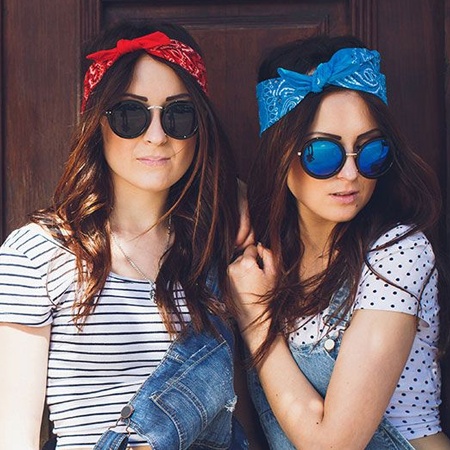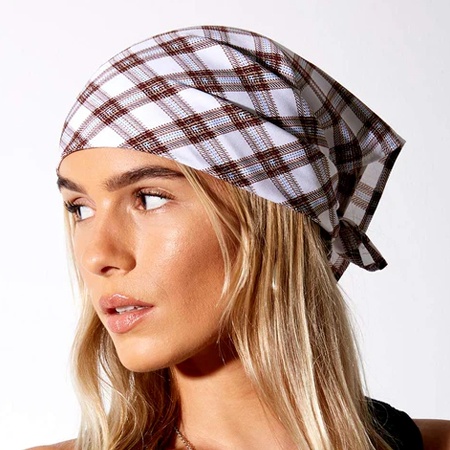Making a bandana isn't just about cutting fabric and adding prints. There's a proper process behind it, blending both tradition and technique.
Choosing the Right Fabric
It usually starts with cotton. It's light, breathable and easy to handle - ideal for everyday use. Some use silk or linen for a more premium feel, but cotton remains the standard for most bandanas.
Printing Techniques that bring it to Life
Once the fabric is ready, it's time to print. There are a few common methods:
- Block Printing - Designs are hand-carved onto wooden blocks, dipped in dye, then pressed onto the fabric. It gives a raw, handcrafted look.
- Screen Printing - A stencil is placed on a mesh screen, and ink is pushed through to create sharp, bold patterns.
- Digital Printing - The most modern approach. Prints are applied directly from digital designs, allowing detailed and colourful results.
Each method gives the bandana a different feel, depending on the style and purpose.
Handmade and Sustainable Practices
In many places, especially in India, bandanas are still handmade. From dyeing to printing, artisans work on each piece manually.
Natural dyes-like indigo or turmeric-are often used in place of chemicals, and leftover fabrics are sometimes repurposed to reduce waste.
Once printed, the fabric is cut into squares and the edges are hemmed to keep it neat and durable. That's it - a simple, purposeful process that turns plain cloth into something stylish and wearable.






































 CONTACT USWaves Institute of Fashion Designing,
CONTACT USWaves Institute of Fashion Designing,